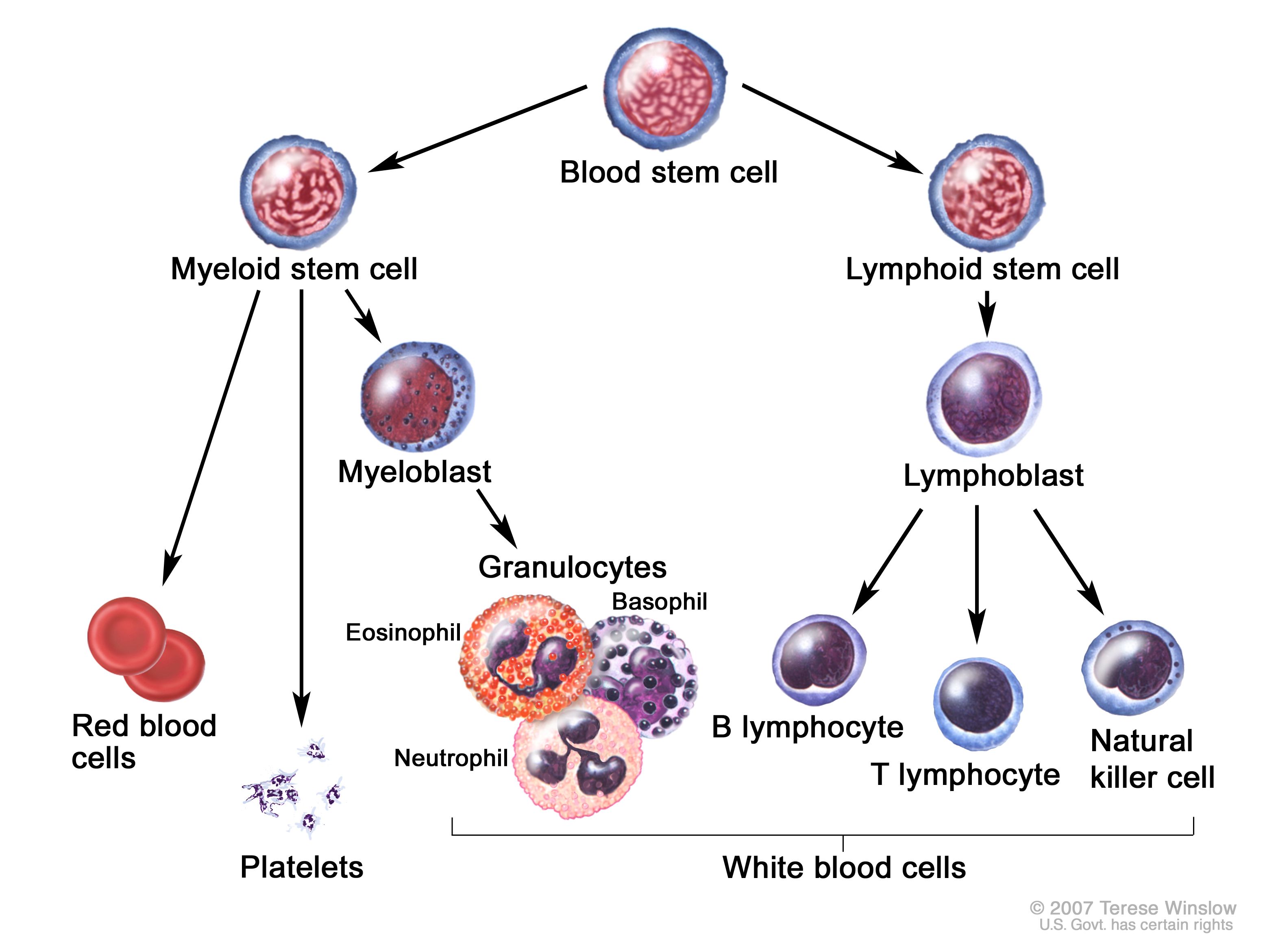Acute lymphoblastic leukemia (ALL) is a type of cancer that affects the blood and bone marrow. It is the most common type of cancer in children, and accounts for about 30% of all childhood cancers. ALL is caused by a mutation in the DNA of a white blood cell, which causes the cell to grow and divide uncontrollably. The diagnosis of ALL is typically made by a combination of blood tests and bone marrow biopsies. However, these tests can be difficult to interpret, and there is a risk of false positives and false negatives.
This technical article describes the development of an application for the automated diagnosis of ALL using convolutional neural networks (CNNs). CNNs are a type of machine learning algorithm that are specifically designed for image recognition. They have been shown to be very effective at identifying patterns in images, and they have been used to diagnose a variety of diseases, including cancer.
The application described in this article has the following functional requirements:
- It should allow healthcare professionals to easily upload pathological images of individual cells.
- It should support a wide range of common image formats.
- It should include image preprocessing techniques to enhance the quality and optimize the input images for CNN analysis.
- It should integrate a pre-trained CNN model that has been specifically trained for the diagnosis of ALL using pathological cell images.
- It should accept the preprocessed images as input and perform cell-level classification, identifying and classifying each cell as either a leukemia cell or a regular cell.
- It should provide a user-friendly interface that presents the classification results in a clear and understandable manner.
- It should generate a comprehensive diagnostic report for each uploaded image, presenting the findings based on the classification results.
- It should provide relevant statistical information to assist healthcare professionals in evaluating the accuracy of the classification and making informed decisions.
- It should provide secure user authentication mechanisms to ensure that only authorized healthcare professionals can access and use the system.
- It should support role-based access control to restrict certain functionalities or data access based on the user’s assigned role or privileges.
- It should maintain a comprehensive database or storage system to retain all past diagnosis details and associated clinical information for each patient.
- It should capture and store relevant clinical details of each patient.
- It should associate each diagnosis with the corresponding patient’s clinical details.
- It should support the ability to view and review past diagnosis records.
- It should facilitate the updating and modification of clinical details and diagnosis records.
The development of the application described in this article is still ongoing. However, the initial results are promising, and the application has the potential to significantly improve the accuracy and efficiency of the diagnosis of ALL.
This article has discussed the technical aspects of the development of an application for the automated diagnosis of ALL. However, it is important to note that the application is still in the early stages of development, and further research is needed to evaluate its effectiveness.
Despite the challenges, the development of this application has the potential to make a significant impact on the diagnosis and treatment of ALL. By automating the classification of pathological cell images, the application can help to reduce the risk of human error and improve the accuracy of diagnosis. This can lead to earlier detection and treatment of ALL, which can improve patient outcomes.


